All safety lessons fully-updated with new content. Available August 1
Industry Standard Online
Safety Training
Specifically designed to educate film students in a world of increasing risk and liability
The Best Insurance is Prevention
The FilmSkills Safety Training Course fills the gap in film education, helping reduce the likelihood of injury, property damage, and death.
In recent years, students have been seriously injured and even killed while trying to get the perfect shot. Had these accidents been avoided, those students would still be with us today, and the universities responsible could have avoided millions of dollars in litigation. The best defense against an accident is education.
The FilmSkills Safety Training Program incorporates OSHA workplace standards with the unique safety demands of on-set production to build an online training program in line with California IATSE safety requirements. This 14-module course, taught by Safety Pass instructors, features engaging videos, illustrated companion guides, downloadable reference charts, and a testing tool to ensure comprehension of the material.
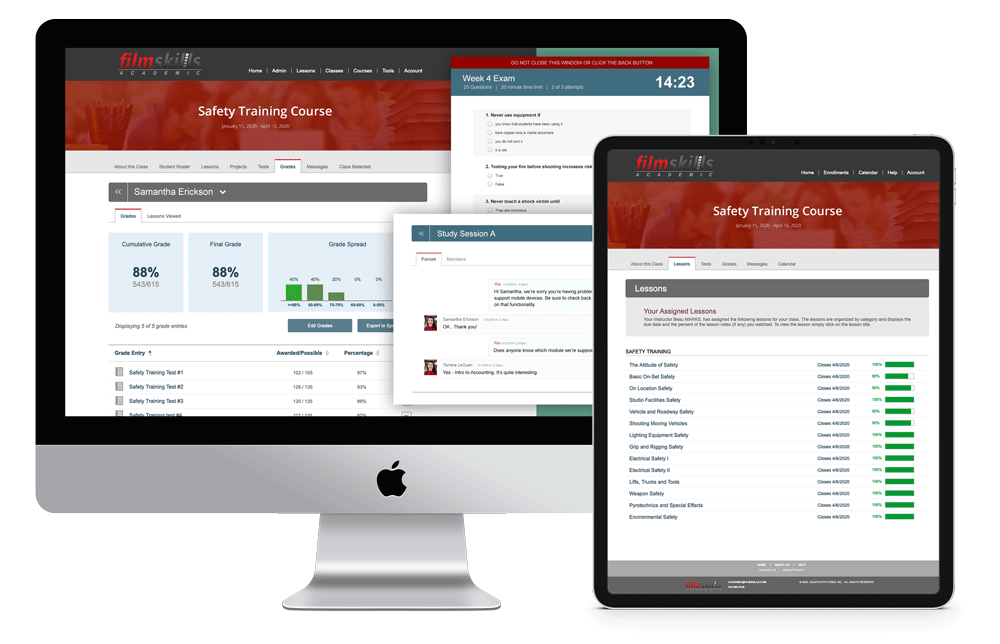
A Complete Training Program
Customize the FilmSkills Safety curriculum to meet the needs of your program.
On-Set Video Tutorials
Students learn from IATSE instructors in engaging on-set videos full of demos and examples.
Illustrated Materials
Designed to support the videos, fully-illustrated guides provide additional context and application.
Test Questions
Assess student's comprehension of the materials by building customizable tests.
Downloadable Resources
Each lesson provides a downloadable cheat sheet, so students can create their own safety binder.

The 15 Safety Lessons
Specifically designed to educate film students in a world of increasing risk and liability
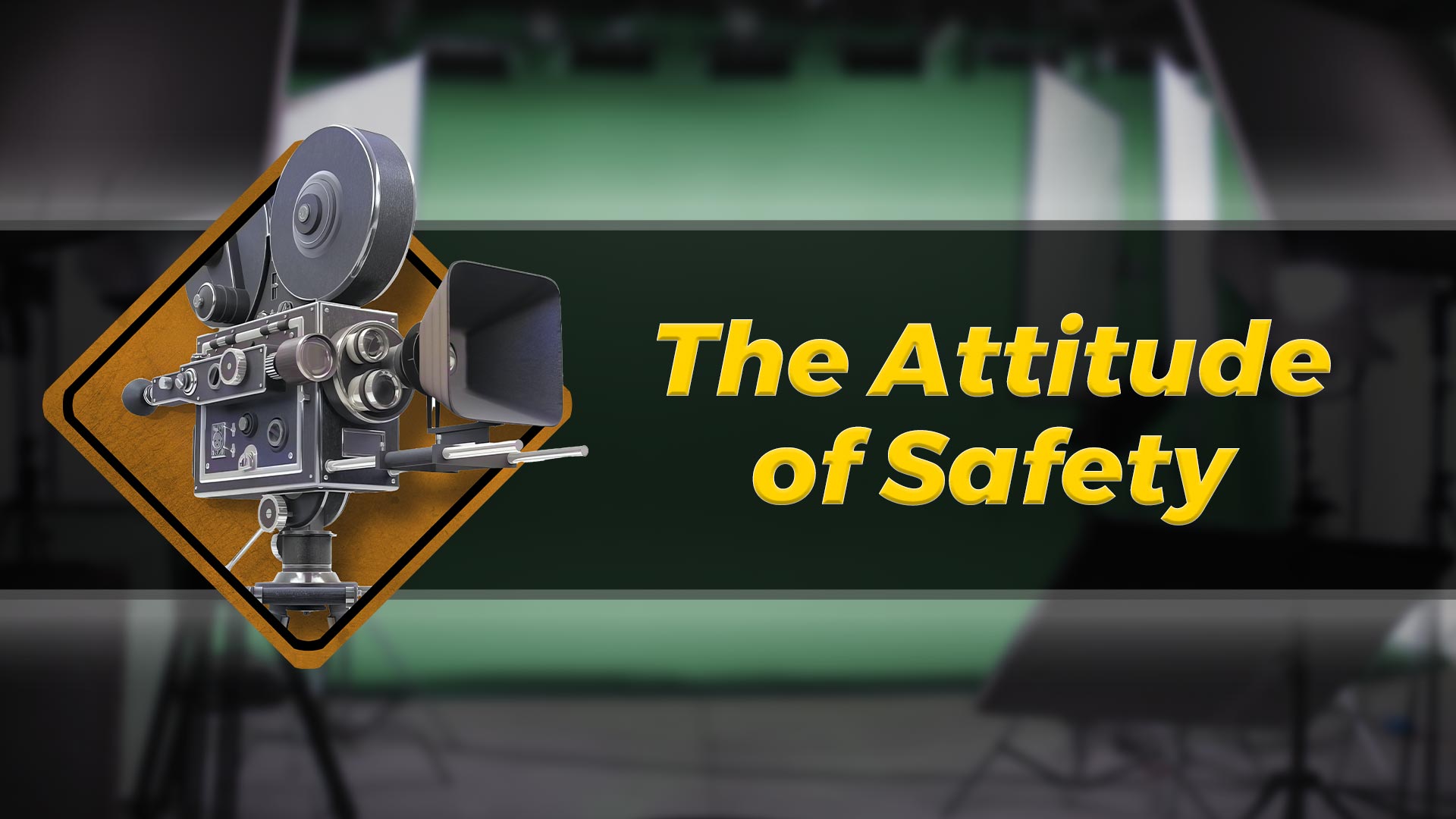
The Attitude of Safety
20:45 video, illustrated text, downloadable resources, test questions
This lesson focuses on the responsibilities of individual crew members regarding safety, the impact of human factors on accidents, and preventive measures. Students will learn the necessary actions to create a safe environment on set.
- The objectives of safety training
- Understanding how accidents occur on set
- Identifying who is responsible for safety
- Examining the contribution of human factors to accidents
- Implementing safety practices in a practical setting
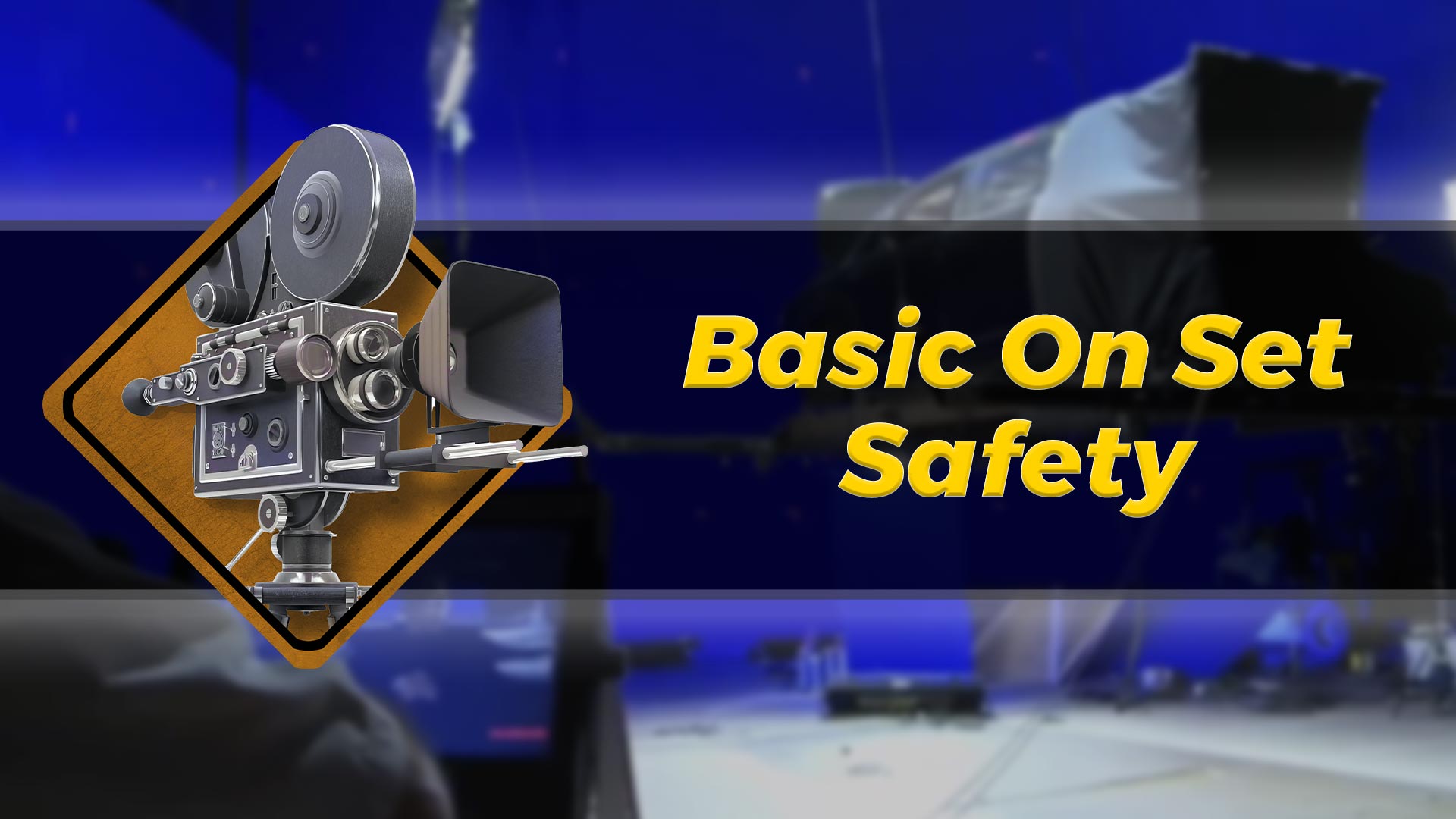
Basic On Set Safety
34:49 video, illustrated text, downloadable resources, test questions
Students are instructed on conducting safety meetings, appropriate clothing, drug and alcohol policies, issuing safety bulletins, and maintaining an organized set. They learn the fundamental principles of creating a safe working environment.
- Conducting effective safety meetings
- Addressing safety concerns on call sheets
- Issuing and understanding safety bulletins
- Appropriate clothing and personal protective equipment
- Preventing hazards on set
- Managing long hours and safe driving practices
- Policies regarding drugs and alcohol
- Importance of training and experience
- Ensuring safety and security on set
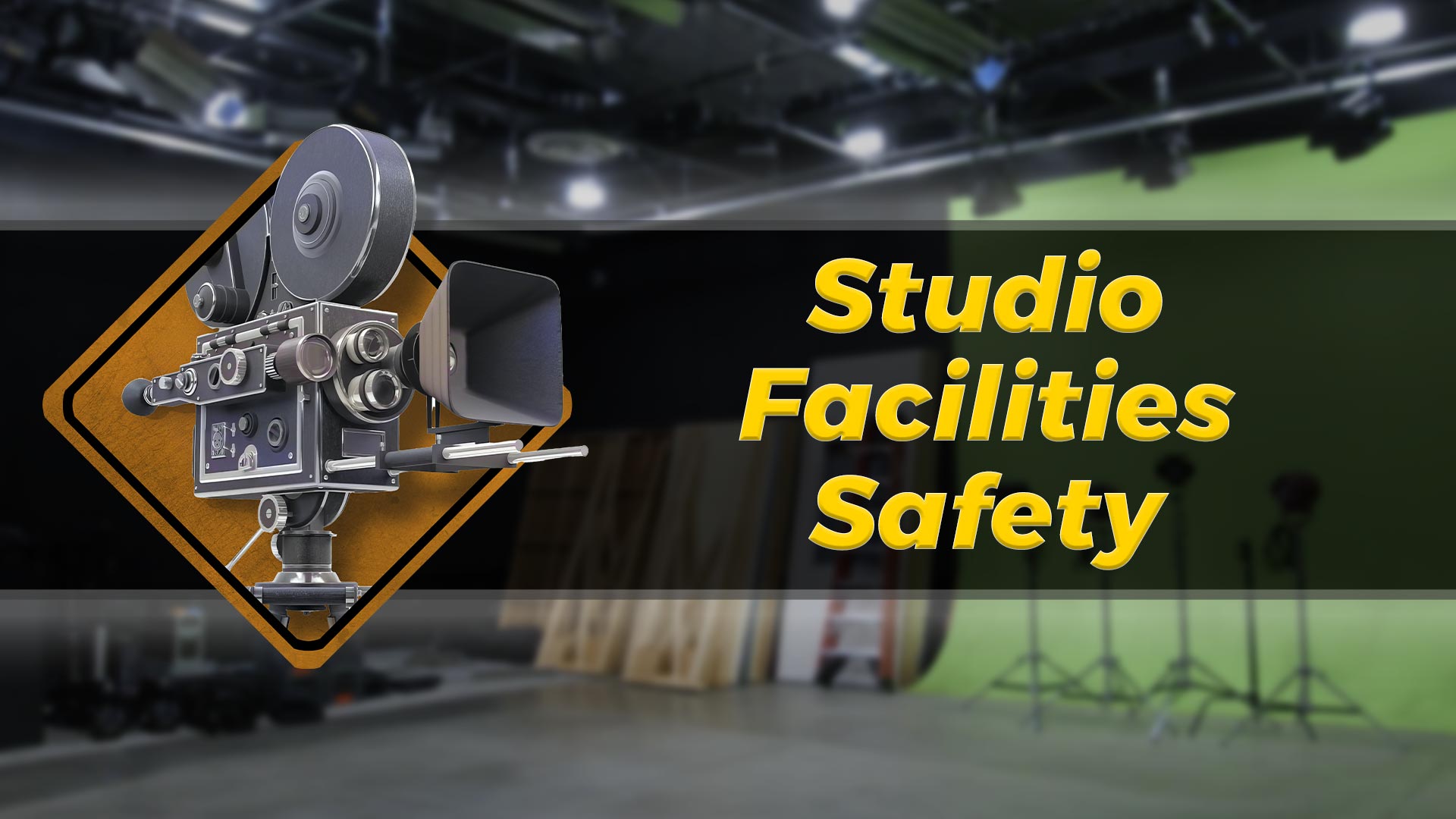
Studio Facilities Safety
24:14 video, illustrated text, downloadable resources, test questions
- Emergency preparedness
- Fire regulations
- Soundstage housekeeping
- Managing cables and electrical equipment
- Developing and following emergency exit plans
- Safety procedures for overhead work
- Fall protection measures
- Safety protocols for dimmer rooms
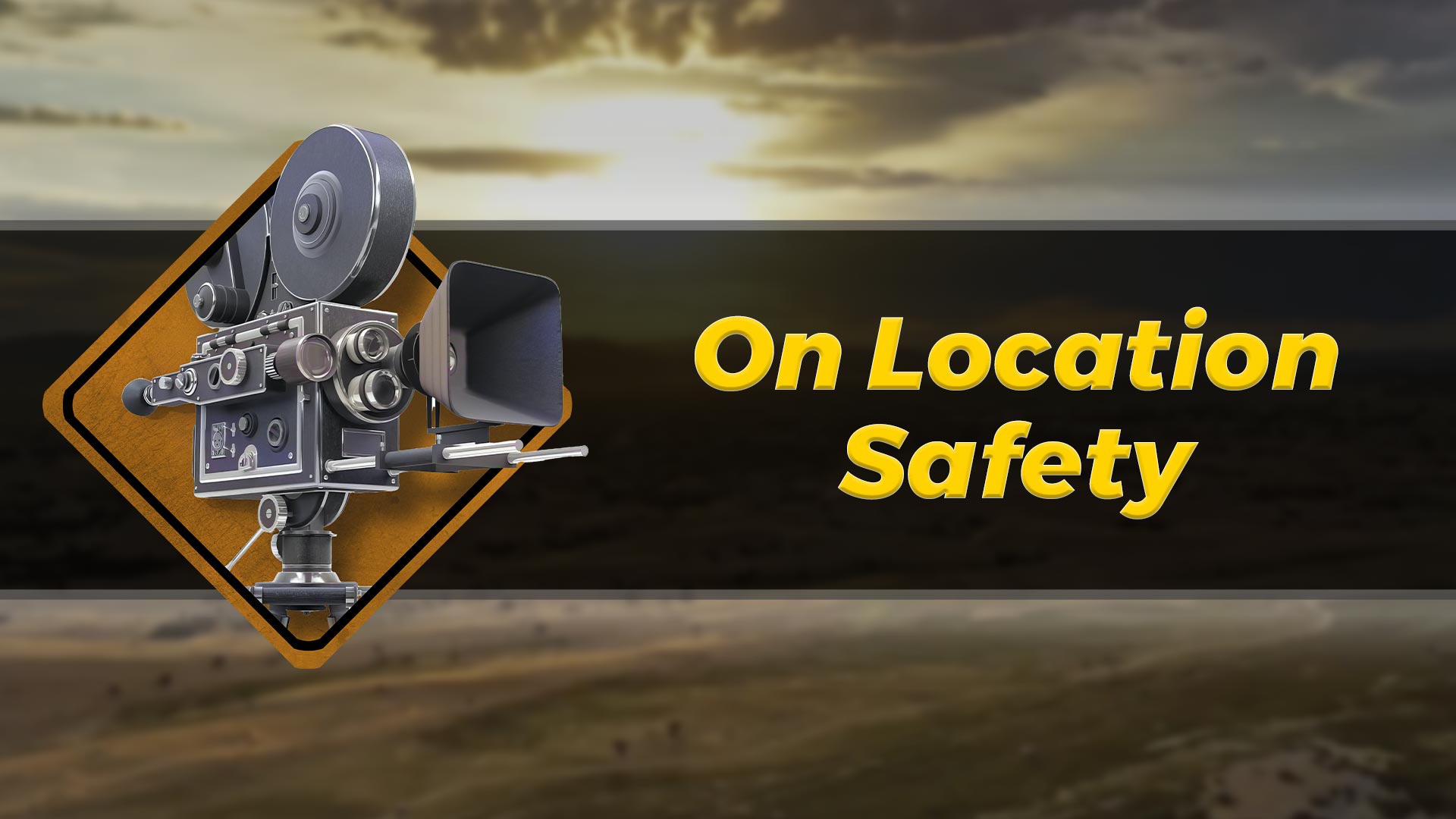
Location Safety
20:32 video, illustrated text, downloadable resources, test questions
Students are trained to assess various hazards at a location, including environmental and animal hazards. The lesson covers safe practices for working alone, working on rooftops, working around the public, and ensuring the safety of production personnel on location.
- Making comprehensive location safety assessments
- Developing and implementing action plans
- Identifying and addressing potential hazards
- Safety protocols for working alone in remote locations
- Safe practices for working on rooftops
- Managing safety when working around the public
- Ensuring equipment safety and security
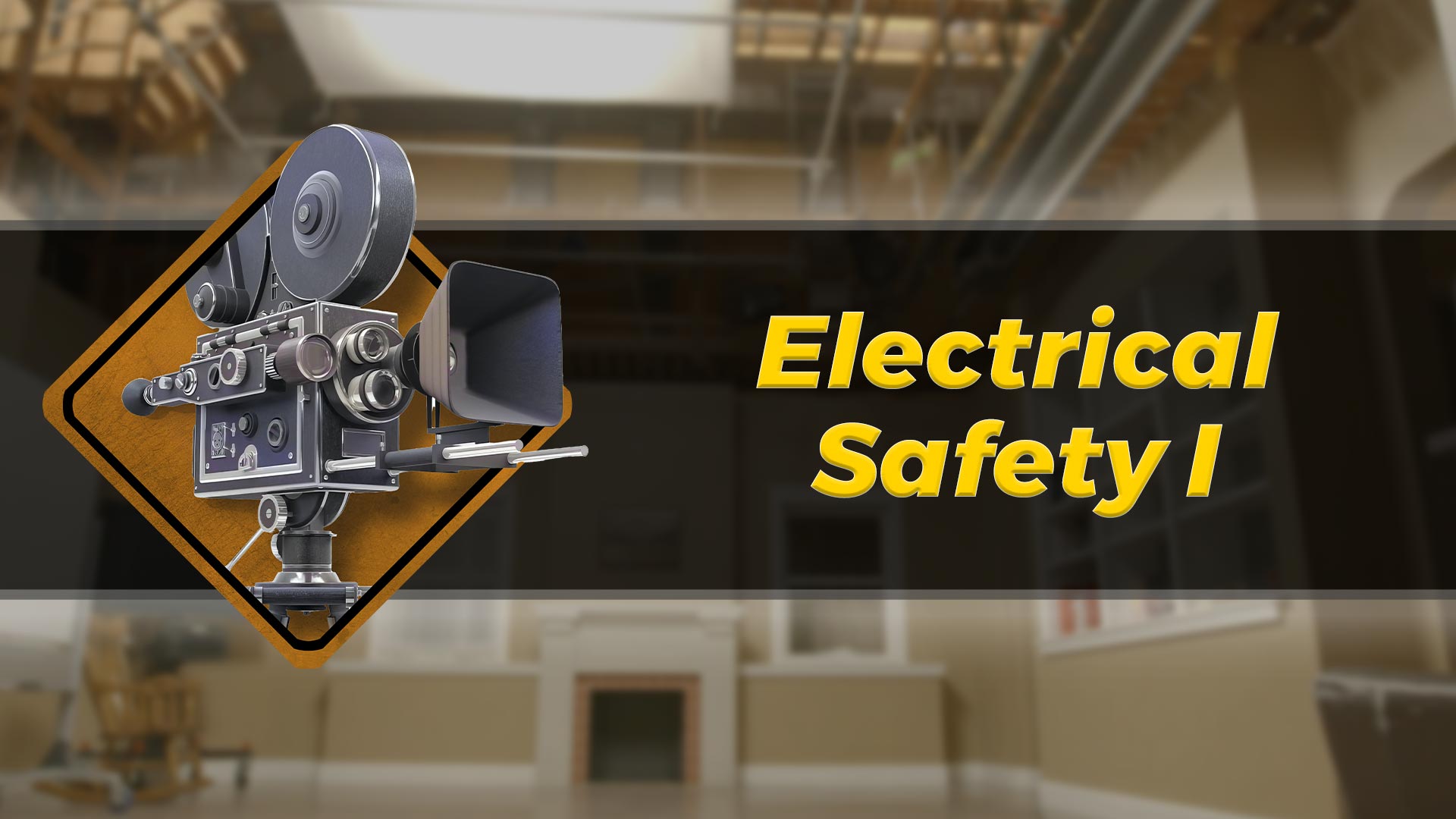
Electrical Safety I
39:10 video, illustrated text, downloadable resources, test questions
Students are taught the fundamentals of electricity and circuits, voltage, amperage, and wattage, including proper grounding and polarity, and how to identify and reduce the risk of electric shock or electrocution. This lesson also covers how to map circuits at a location, calculate safe loads, and understand the consequences of exceeding a structure’s power capacity.
- How a circuit works
- Understanding polarity
- Voltage principles
- Amperage basics
- Wattage calculations
- The power equation
- Overcurrent protection
- Safe load distribution
- Proper grounding techniques
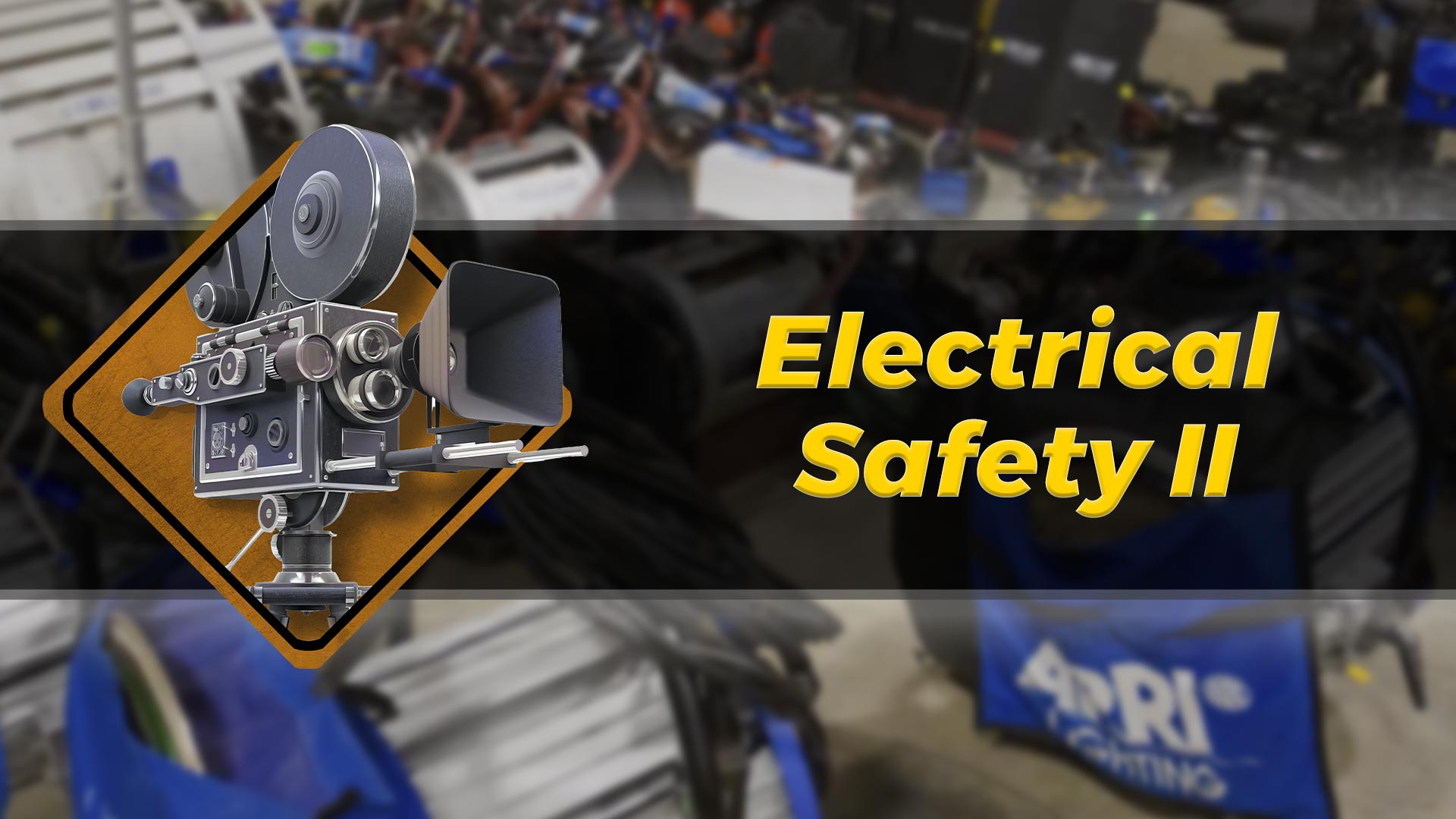
Electrical Safety II
29:51 video, illustrated text, downloadable resources, test questions
In this lesson, students learn proper guidelines for working near high voltage power sources, how to identify faulty equipment, and the correct use of cords and outlets, especially in high-traffic areas. Students are educated about the risks and effects of electric shocks, electrocution, and electric fires, as well as how to prevent these hazards. Additionally, the lesson covers emergency medical procedures for shock or electrocution incidents.
Key topics covered include:
- High voltage power lines
- Inspection and maintenance of equipment
- Safe practices for working with electricity
- Proper use of cords and outlets
- Understanding listed parts and their importance
- Roles and responsibilities of the authority having jurisdiction
- Risks and effects of electric shock
- Prevention and management of electric fires
- Ensuring the presence of qualified persons on set
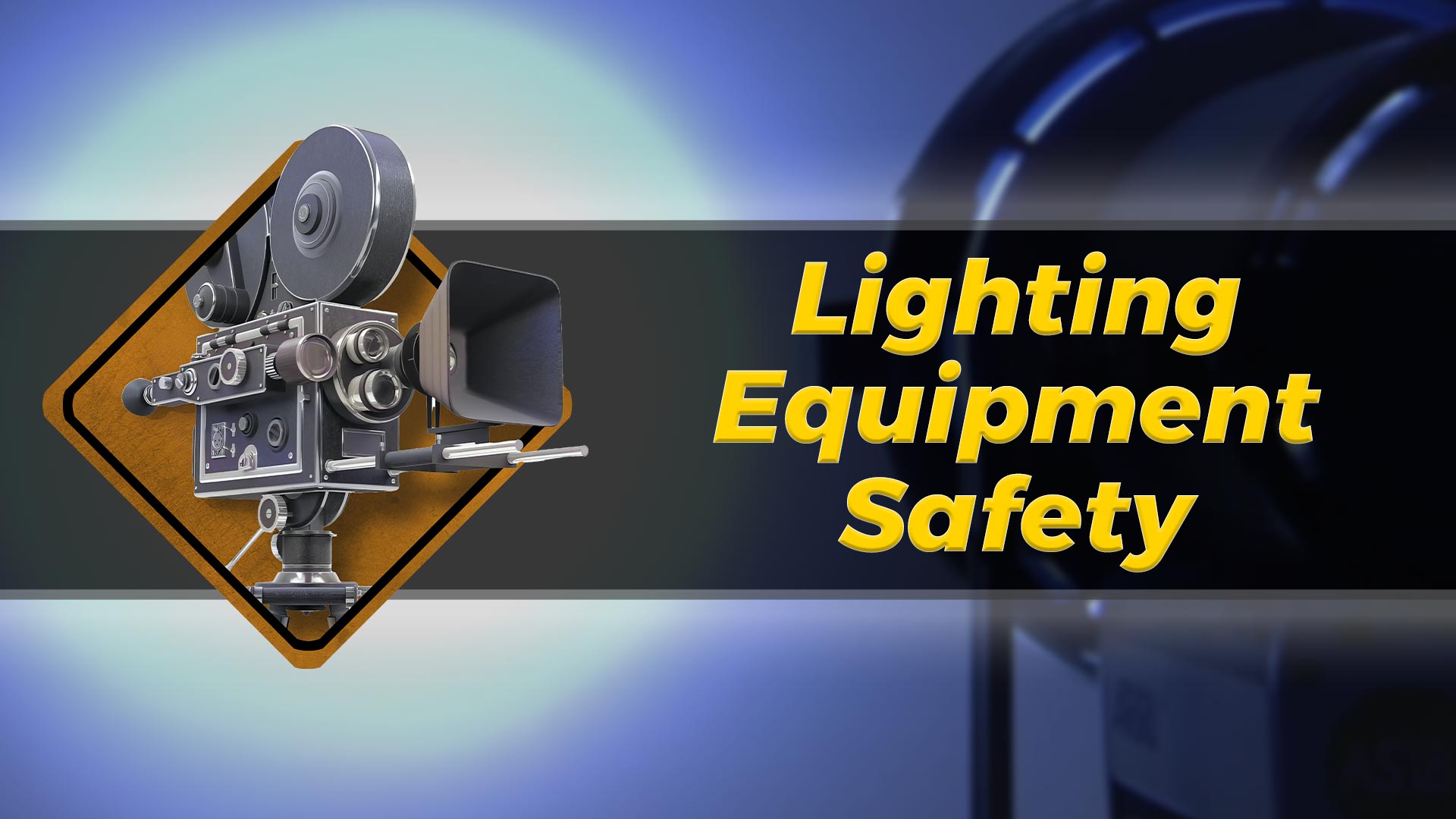
Lighting Equipment Safety
26:46 video, illustrated text, downloadable resources, test questions
This lesson addresses the hazards and safe practices associated with working with high-output lights, dimmer boards, HMIs, and light stands. Students learn essential techniques for maintaining organization, securing equipment, and handling potential dangers related to lighting equipment.
- Maintaining an organized workspace
- Properly securing light stands
- Identifying and mitigating potential hazards
- Handling lens or lamp breakage
- Safe procedures for replacing lamps
- HMI safety protocols
- Managing cords and cables effectively
- Safe use of lighting equipment on location
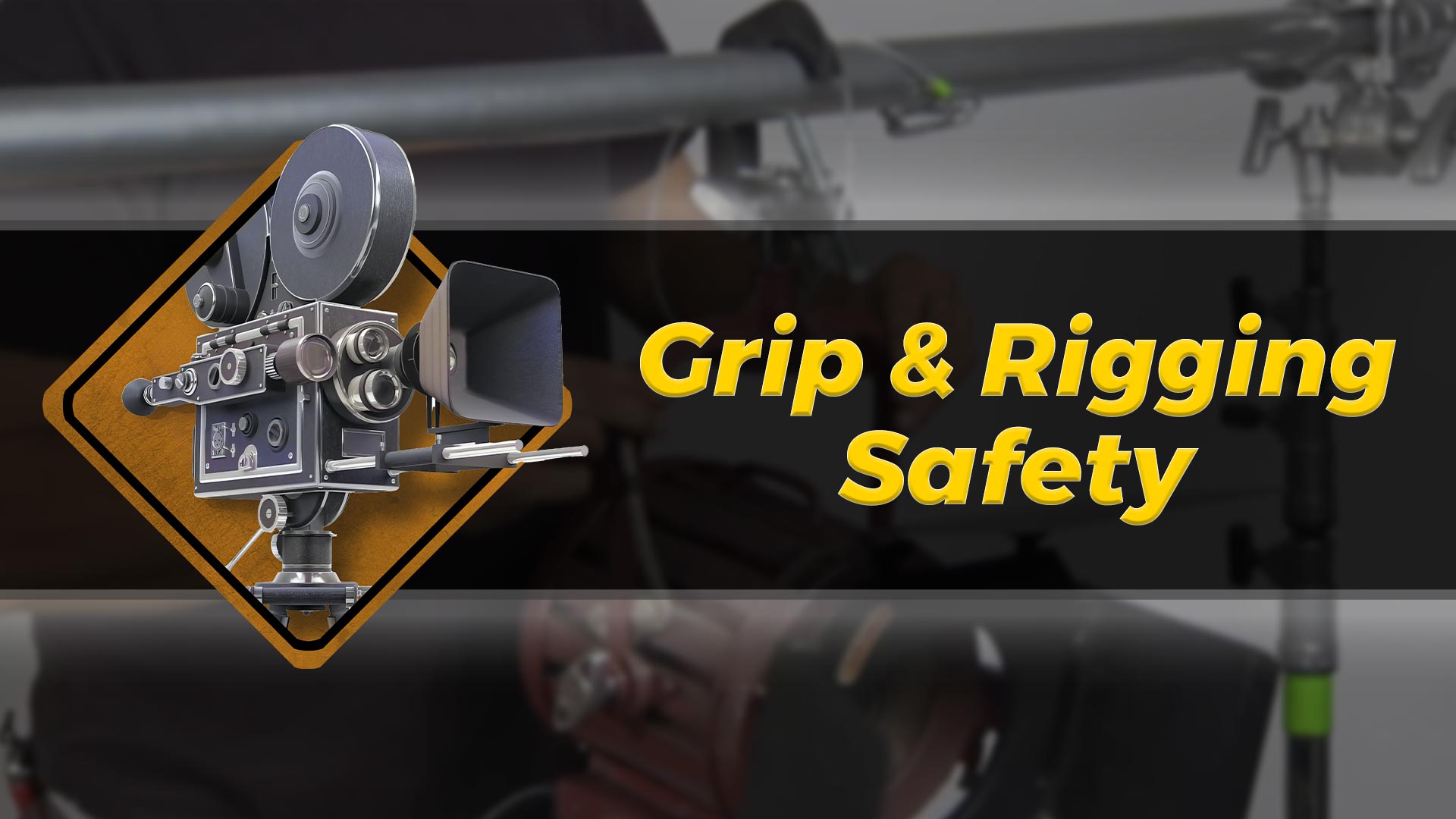
Grip and Rigging Safety
30:36 video, illustrated text, downloadable resources, test questions
Students are trained in proper rigging safety techniques, including assessing the structural integrity of sets or buildings for rigging, safely rigging equipment overhead, mounting clamps to set walls, securing overheads when working outdoors, tying proper knots, securing stands, and adhering to comprehensive rigging safety procedures.
- Fundamentals of rigging safety
- C-stand safety protocols
- Techniques for securing stands
- Methods for rigging to pipes
- Proper use of clamps and plates
- Handling and using grip pipe
- Essential knots for rigging
- Procedures for safely rigging the camera
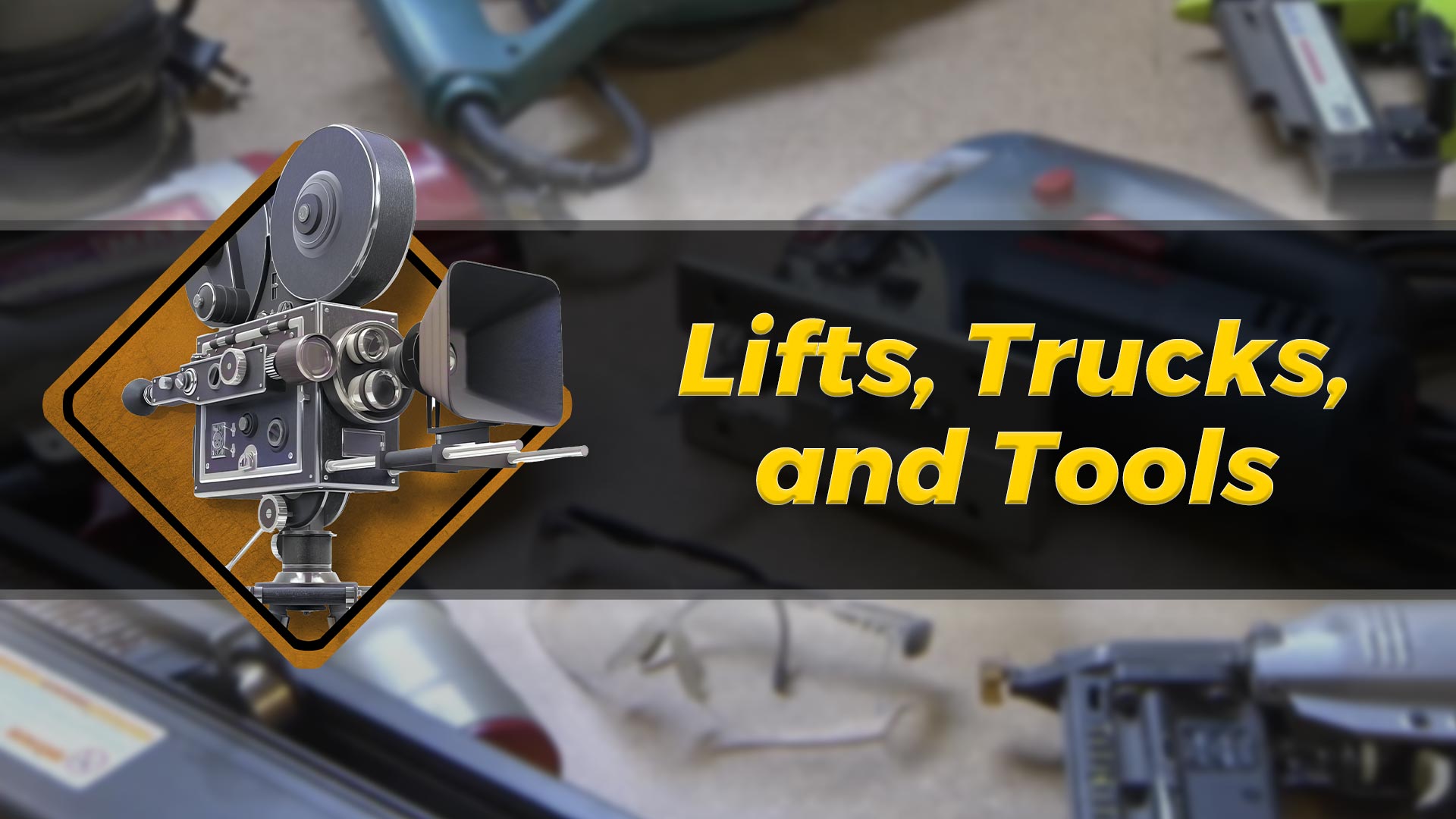
Lifts, Trucks, and Tools
24:25 video, illustrated text, downloadable resources, test questions
- Working with lifts
- Liftgate safety
- Working around parked trucks
- Working around vehicles in motion
- Electrical testers
- Construction tools
- Nail guns
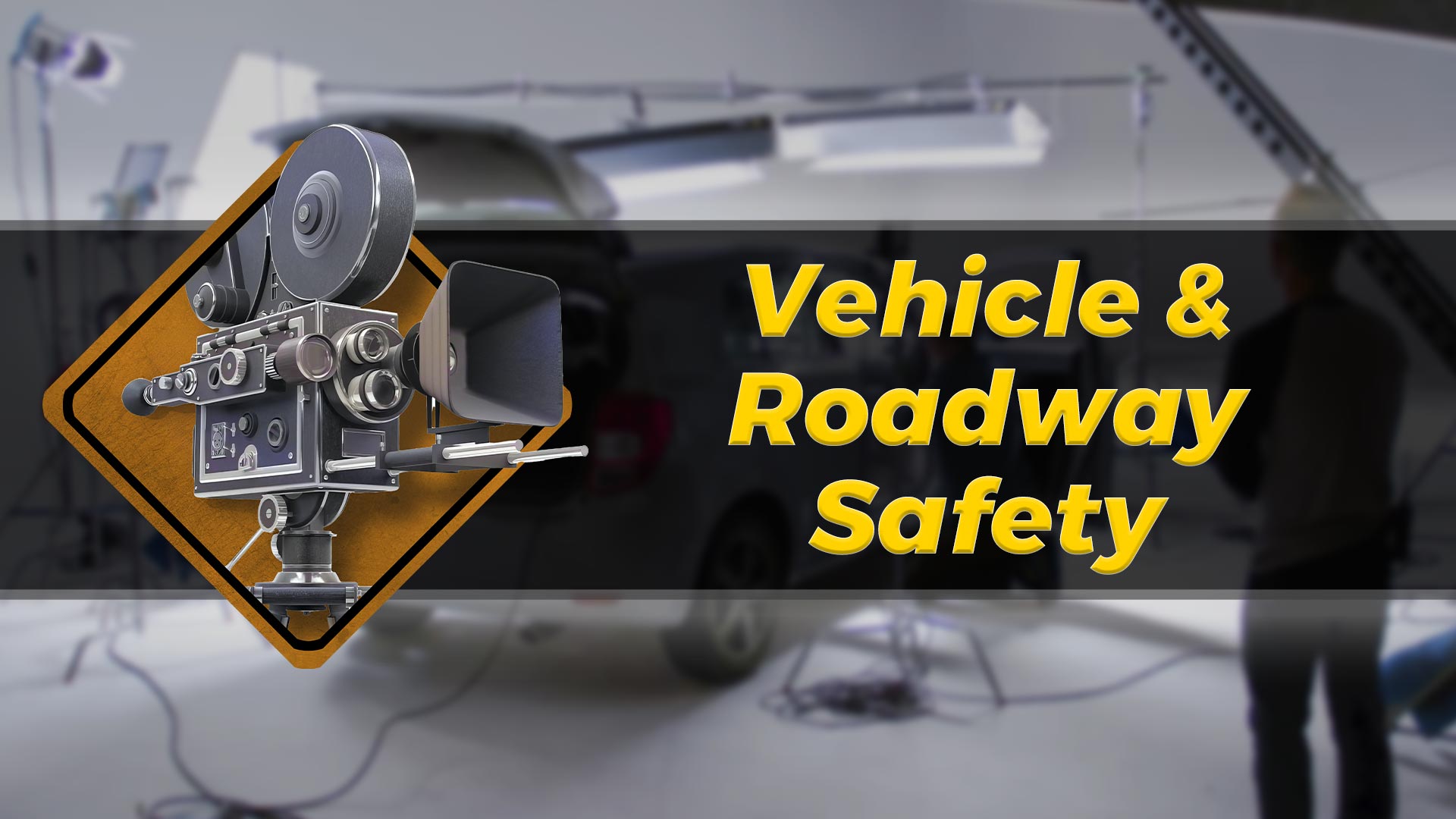
Vehicle and Roadway Safety
21:13 video, illustrated text, downloadable resources, test questions
Students learn proper safety protocol for working around public roadways, when the road is used in the scene, or when the crew is shooting near a roadway.
- Conducting safety meetings
- Working beside a roadway
- Guidelines
- Permits and traffic control
- Situational awareness
- Vehicle operation
- Alternatives to driving shots
- Shooting inside buildings
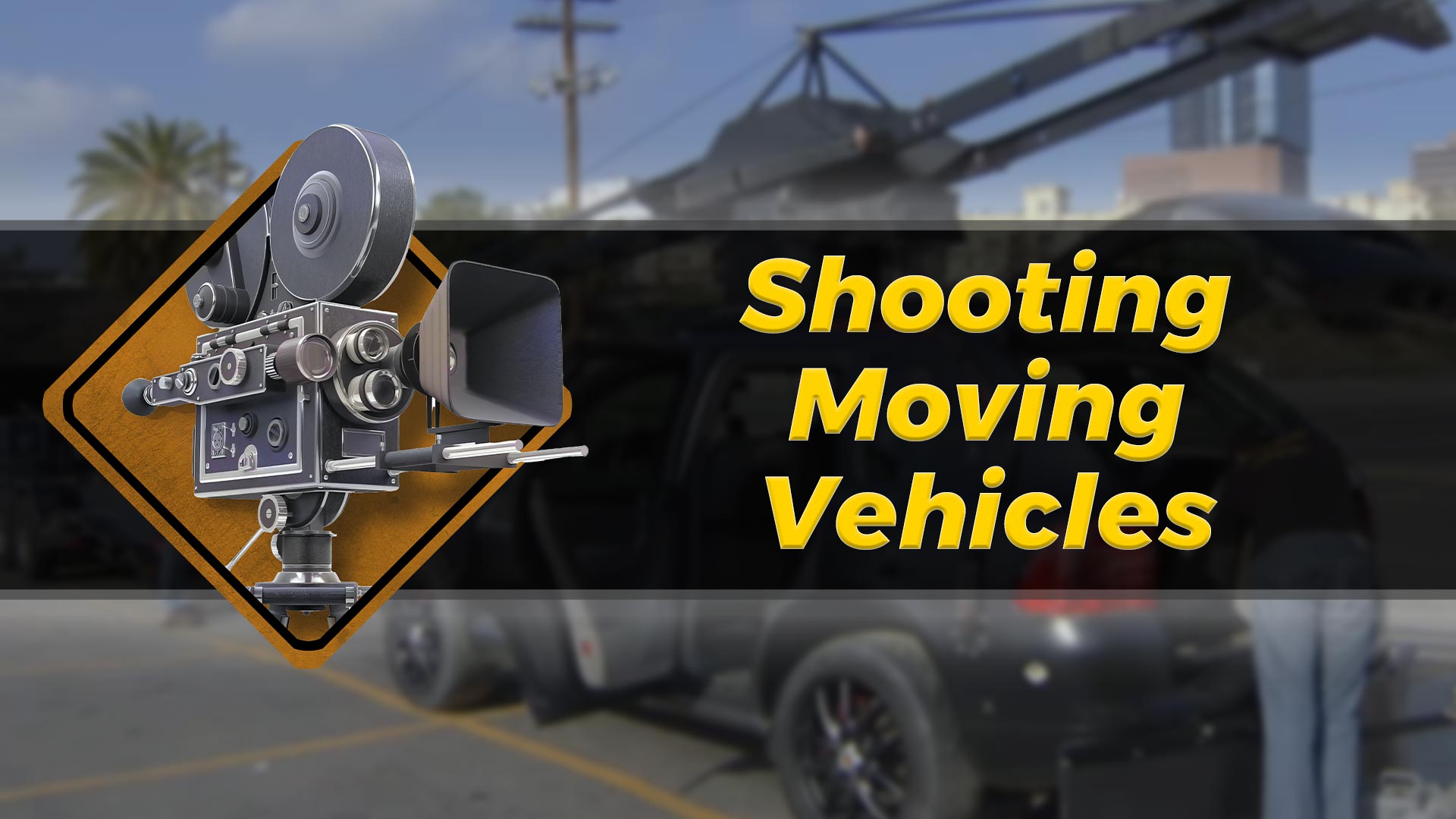
Shooting Moving Vehicles
19:34 video, illustrated text, downloadable resources, test questions
- Process trailers
- Tow dollies
- Camera cars
- Free driving
- Running shots
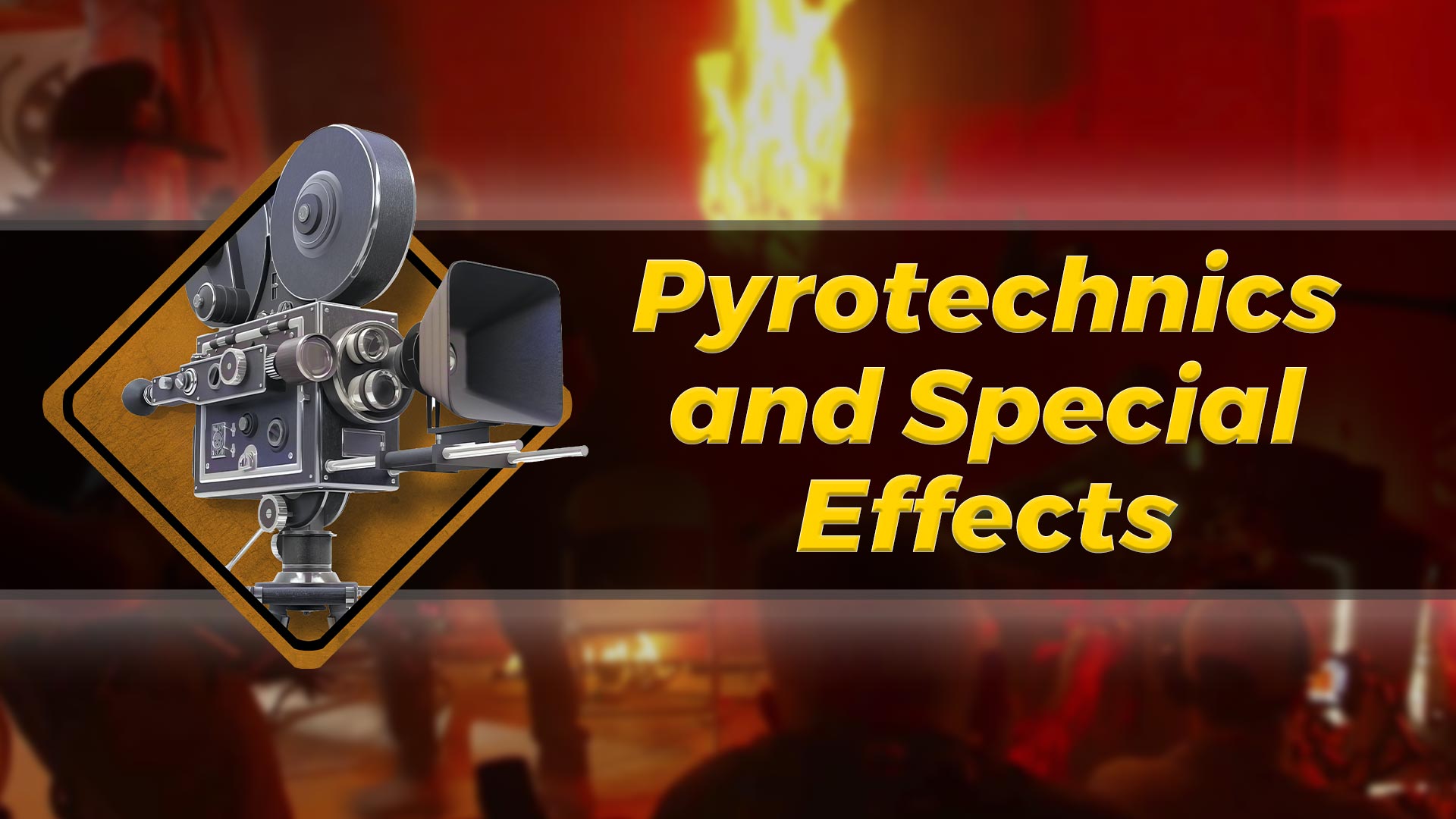
Pyrotechnics and Special Effects
24:06 video, illustrated text, downloadable resources, test questions
This lesson explores the proper and safe procedures for working with squibs, explosives, fire, smoke and fog, and other types of atmospheric effects. Students learn the dangers of working with pyrotechnics, the proper permitting process and how to hire an experienced, trained pyrotechnician.
- Defining special effects
- Working with open flames
- Haze, fog, and smoke effects
- Cryogenic gasses
- Dust effects
- Pyrotechnic special effects
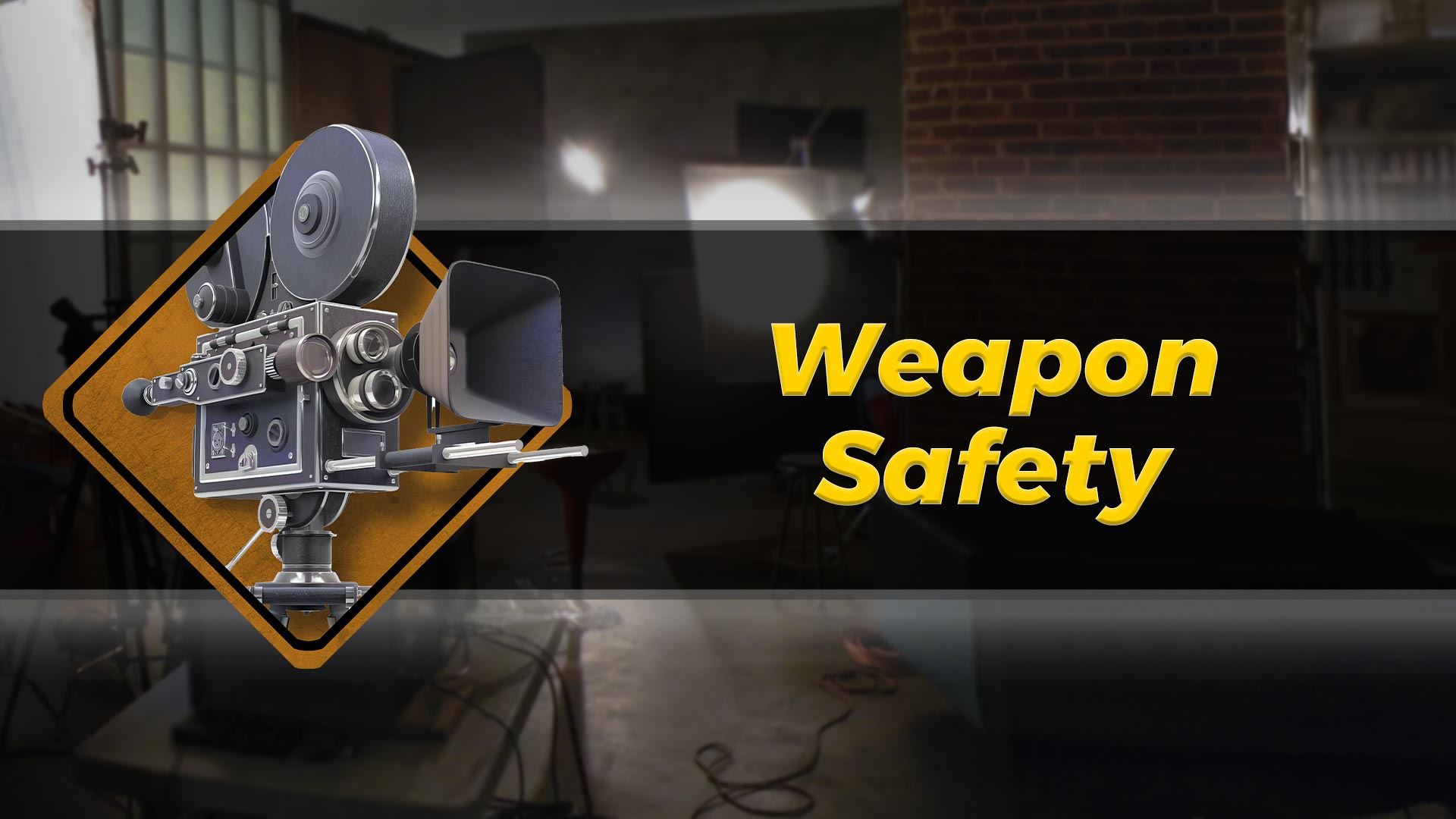
Weapon Safety
29:08 video, illustrated text, downloadable resources, test questions
A dangerous and frequent problem in film schools is the improper use of prop weapons, which can be illegal and deadly. In this lesson, students learn how to properly use weapons (and prop weapons) on camera, from handling procedures, to employing a qualified armorer, to dealing with the public and working with local officials.
- Guns in movies
- Rubber prop guns
- Replica guns
- Non-guns
- Blank fire live guns
- Involving law enforcement
- Guidelines for handling firearms
- Prop Master’s responsibility
- Sharp props and weapons
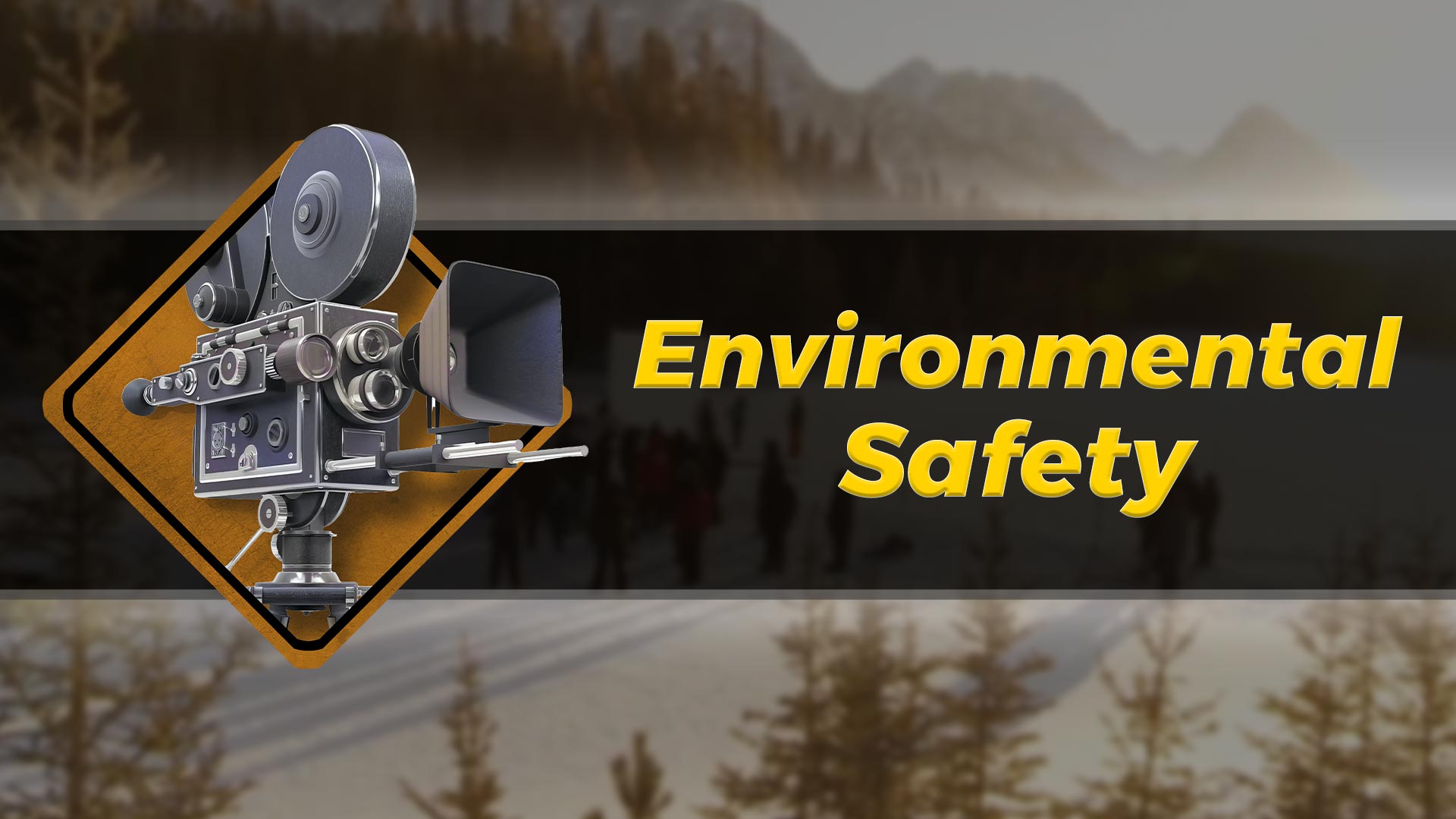
Environmental Safety
25:45 video, illustrated text, downloadable resources, test questions
Students gain the skills necessary to recognize, prepare for, and operate effectively in diverse environmental conditions. These conditions range from extreme heat to extreme cold, as well as working near water and in locations with potential health hazards. The curriculum includes training on identifying and responding to symptoms of heat stroke, frostbite, and dealing with unstable structures and areas with airborne contaminants.
- Preparation for adverse conditions
- Identification and treatment of dehydration
- Management of heat-related illnesses
- Techniques for working in extreme cold
- Strategies for working in wind, rain, and mist
- Safety protocols for working in severe weather conditions
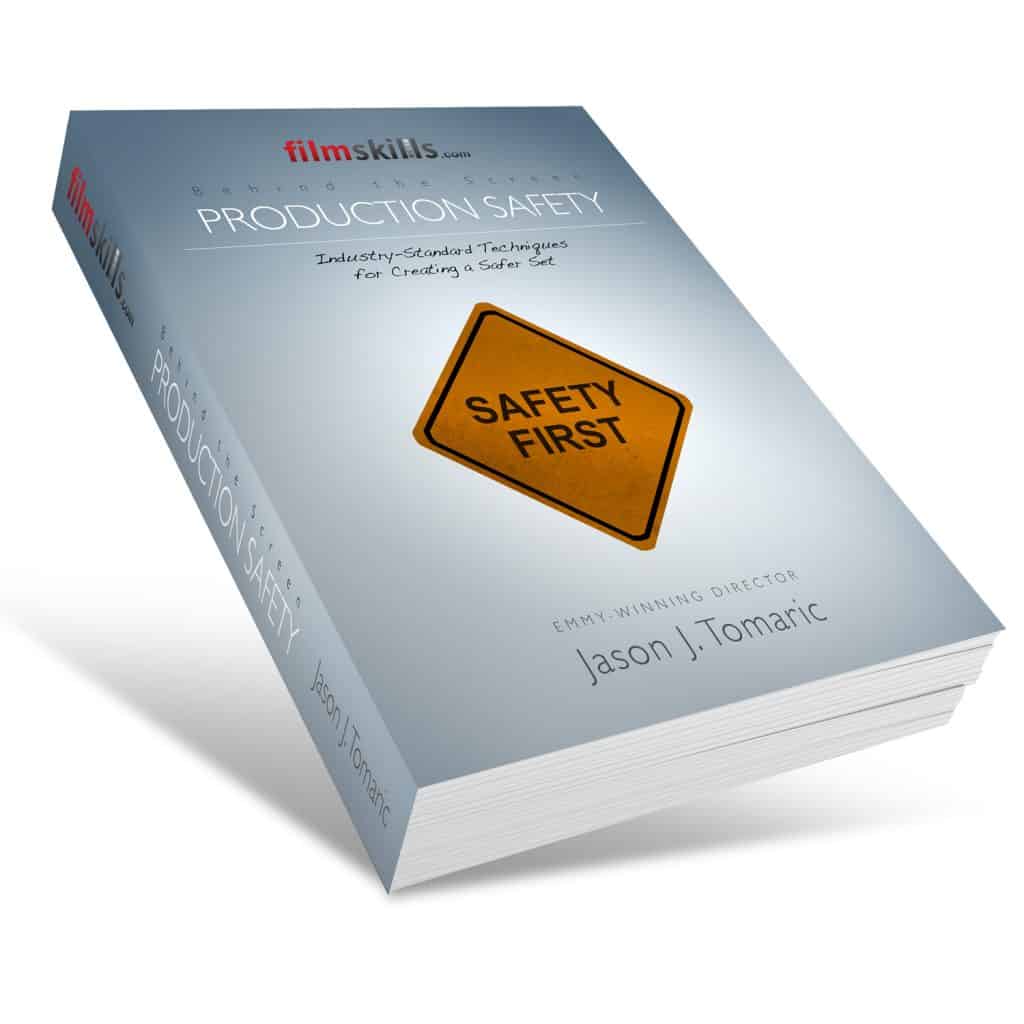
Add the Companion Book
The FilmSkills Production Safety book makes best safety practices accessible anywhere. Structured to supplement the online Safety Training course, this comprehensive textbook is the perfect way to enforce an understanding of industry-standard practices for a safer set.
- Paperback: 370 pages
- Language: English
- ISBN-10: 1514627957
- ISBN-13: 978-1514627952
- Product Dimensions: 7.5 x 0.8 x 9.2 inches
- Only $29.99

